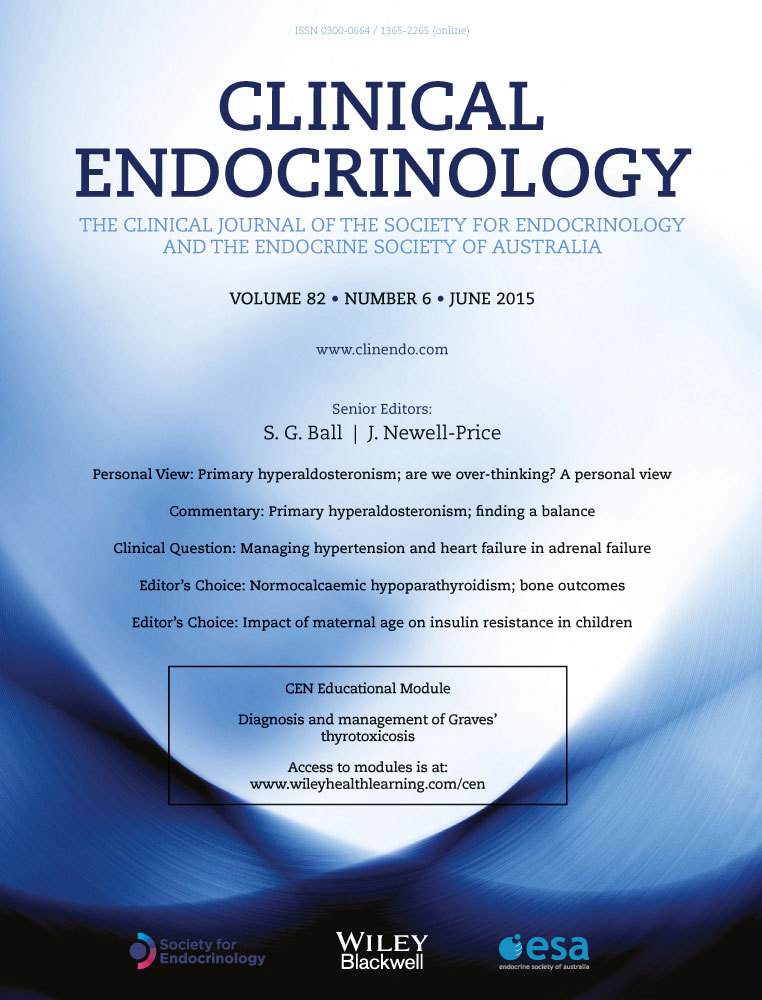Inflammation but not obesity or insulin resistance is associated with increased plasma fibroblast growth factor 23 concentration in the elderly
Summary
Background
Fibroblast growth factor 23 (FGF23) is a hormone involved in calcium–phosphate homoeostasis. The data of recently published studies suggest that FGF-23 may also play a role in some metabolic processes beyond mineral metabolism, such as insulin resistance or energy homoeostasis. The aim of the study was to attempt the relationships between plasma cFGF-23 (C-terminal) and iFGF-23 (intact) concentrations and the occurrence of obesity, insulin resistance and inflammation in elderly population.
Materials and methods
The analysis included 3115 elderly subjects (1485 women). During three visits, a questionnaire survey, comprehensive geriatric assessment and anthropometric measurements were performed as well as blood and urine samples were collected by trained nurses. Serum phosphorus, calcium, intact parathormone (iPTH), 25(OH)D3, iFGF-23 and cFGF-23, insulin, glucose, albumin (also in urine), creatinine, hs-CRP, interleukin-6 and NT-proBNP concentrations were assessed. HOMA-IR was calculated according to the standard formula.
Results
Both forms of FGF23, iPTH and 25-OH-D3 levels were not related to the occurrence of obesity and insulin resistance. Increase in phosphorus, iPTH and NT-proBNP concentrations is associated with rise in plasma iFGF23 and cFGF23 levels. Additionally, increase in hs-CRP explained the elevated plasma iFGF23 levels.
In multiple regression models, circulating iFGF23 and cFGF23 level's variability in elderly population were explained by changes in serum phosphorus, iPTH, eGFR, hs-CRP and NT-proBNP levels but not by BMI and HOMA-IR values.
Conclusion
In conclusion, our study shows that increased levels of both circulating Fibroblast growth factor 23 forms in elderly subjects are associated with inflammation but not obesity or insulin resistance per se.




